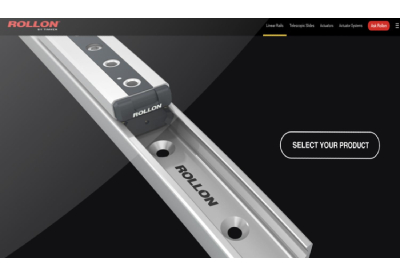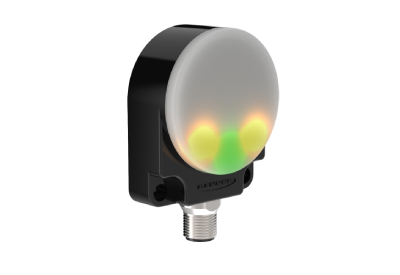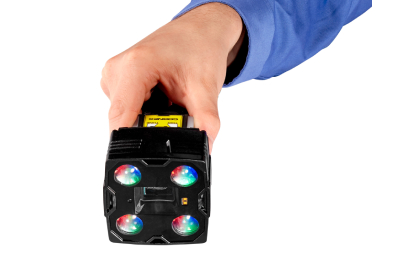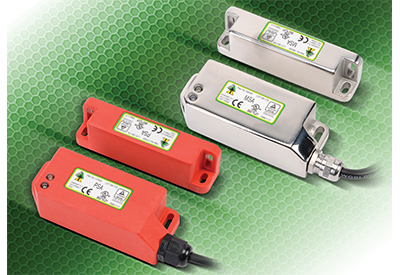Generative Artificial Intelligence Takes Siemens’ Predictive Maintenance Solution to the Next Level
February 15, 2024
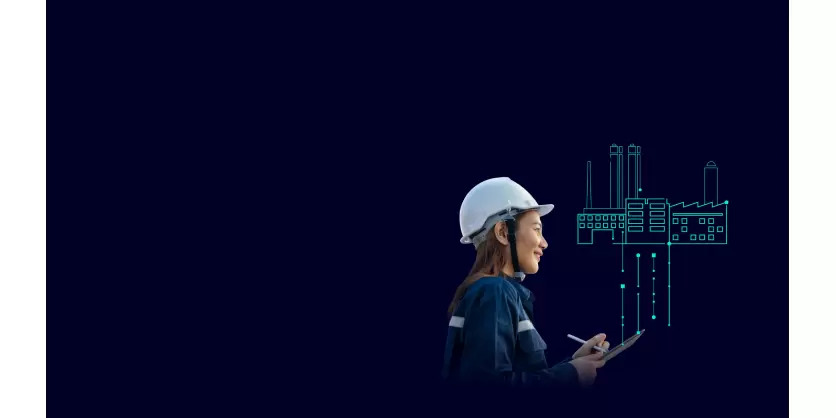
- Enhancing proven machine learning capabilities with generative AI creates a robust, comprehensive predictive maintenance solution that leverages the strengths of both.
- Using a conversational user interface, manufacturers can take proactive actions easily, saving both time and resources.
- New generative AI functionality in Senseye Predictive Maintenance makes predictive maintenance conversational.
Siemens is releasing a new generative artificial intelligence (AI) functionality into its predictive maintenance solution – Senseye Predictive Maintenance. This advance makes predictive maintenance more conversational and intuitive. Through this new release of Senseye Predictive Maintenance with generative AI functionality, Siemens will make human-machine interactions and predictive maintenance faster and more efficient by enhancing proven machine learning capabilities with generative AI.
Synergy of generative AI and machine learning
Senseye Predictive Maintenance uses artificial intelligence and machine learning to automatically generate machine and maintenance worker behavior models to direct users’ attention and expertise to where it’s needed most. Building on this proven foundation, now a generative AI functionality is being introduced that will help customers bring existing knowledge from all of their machines and systems out and select the right course of action to help boost efficiency of maintenance workers.
Currently, machine and maintenance data are analyzed by machine learning algorithms, and the platform presents notifications to users within static, self-contained cases. With little configuration, the conversational user interface (UI) in Senseye Predictive Maintenance will bring a new level of flexibility and collaboration to the table. It facilitates a conversation between the user, AI, and maintenance experts: This interactive dialogue streamlines the decision-making process, making it more efficient and effective.
One of Senseye’s customers who will leverage the new generative AI capability is BlueScope, an Australian steel manufacturer.
Senseye Predictive Maintenance has been more than a tool, it’s a catalyst for change in our organization. The innovative generative AI functionality from Siemens will help to accelerate our efforts to scale knowledge sharing across our global teams and will continue to support our ambitious digital transformation strategy. – Colin Robertson, Digital Transformation Manager, BlueScope
From predictive maintenance to prescriptive maintenance
In the app, generative AI can scan and group cases, even in multiple languages, and seek similar past cases and their solutions to provide context for current issues. It’s also capable of processing data from different maintenance software. For added security, all information is processed within a private cloud environment, safeguarded against external access.
Additionally, this data will not be used to train any external generative AI. Data doesn’t need to be high-quality for the generative AI to turn it into actionable insights: With little to configure, it also factors in concise maintenance protocols and notes on previous cases to help increase internal customer knowledge. By better contextualizing information at hand, the app is able to derive a prescriptive maintenance strategy.
The new generative AI functionality in the Software-as-a-Service (SaaS) solution Senseye Predictive Maintenance will be available starting this spring for all Senseye users. The combination of generative AI and machine learning creates a robust, comprehensive predictive maintenance solution that leverages the strengths of both.
Driving productivity and digital transformation
Driving productivity and digital transformation For Siemens, introducing generative AI into predictive maintenance isn’t just about enhancing the technology; it’s about driving tangible benefits for manufacturers. By enabling faster and easier maintenance decisions, it increases productivity, promotes sustainability, and accelerates digital transformation across the entire organization. It also addresses skill shortages in the industry, because it captures and resurfaces expert knowledge from the aging workforce. In doing so, it empowers less-experienced shop-floor employees, making them more efficient and effective in their roles.
By harnessing the power of machine learning, generative AI, and human insights, we’re taking Senseye Predictive Maintenance to the next level. The new functionality makes predictive maintenance more conversational and intuitive – helping our customers to streamline maintenance processes, enhance productivity and optimize resources. This marks an important milestone in countering skill shortage and supporting our customer’s digital transformation. – Margherita Adragna, CEO, Customer Services for Digital Industries, Siemens AG
More Information
For more information on Senseye Predictive Maintenance, please see
siemens.com/senseye-predictive-maintenance
Find out more about how BlueScope, an Australian steel company, enhanced its operational efficiency with Senseye Predictive Maintenance here
Technology company Siemens is harnessing the power of generative artificial intelligence (AI) to help industrial companies drive innovation and efficiency as it constantly evolves its AI portfolio. At SPS 2023 Siemens demonstrated another generative AI offering: The Industrial Copilot – a generative AI-powered assistant in a production machine.
Related Story
Siemens and Microsoft Partner to Drive Cross-Industry AI Adoption
Microsoft and Siemens are deepening their partnership by bringing the benefits of generative AI to industries worldwide. As a first step, the companies are introducing Siemens Industrial Copilot, an AI-powered jointly developed assistant aimed at improving human-machine collaboration in manufacturing. In addition, the launch of the integration between Siemens Teamcenter software for product lifecycle management and Microsoft Teams will further pave the way to enabling the industrial metaverse. It will simplify virtual collaboration of design engineers, frontline workers, and other teams across business functions.


